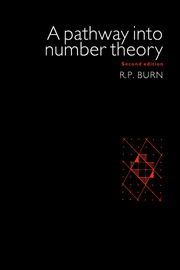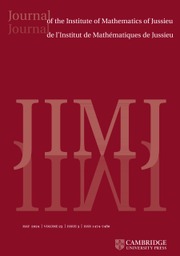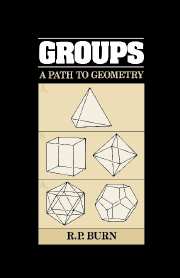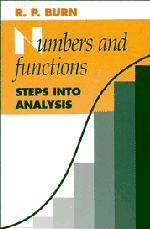A Pathway Into Number Theory
Number theory is concerned with the properties of the natural numbers: 1, 2, 3 … During the seventeenth and eighteenth centuries, number theory became established through the work of Fermat, Euler and Gauss. With the hand calculators and computers of today the results of extensive numerical work are instantly available and the road leading to their discoveries may be traversed with comparative care. Now in its second edition, this book consists of a sequence of exercises that will lead readers from quite simple number work to the point where they can prove algebraically the classical results of elementary number theory for themselves. A modern secondary school course in mathematics is sufficient background for the whole book which is designed to be used as an undergraduate course in number theory to be pursued by independent study without supporting lectures.
- Uses millions of exercises
- New and updated material on coding, triangular numbers and Gaussian integers
Reviews & endorsements
'I'm pleased to report there is a new edition of R. Burn's A Pathway into Number Theory, a book that takes readers quickly and painlessly from simple facts about whole numbers to the wonders of the quadratic forms, Pell's equation and Minkowski's theorem.' Ian Stewart, New Scientist
'… admirably suitable for those meeting number theory for the first time and for unsupported individual study.' Nick Lord, The Mathematical Gazette
Product details
December 1996Paperback
9780521575409
280 pages
229 × 152 × 15 mm
0.4kg
Available
Table of Contents
- Preface to the second edition
- Introduction
- 1. The fundamental theorem of arithmetic
- 2. Modular addition and Euler's Phi function
- 3. Modular multiplication
- 4. Quadratic residues
- 5. The equation xn+yn=zn, for n=2, 3, 4
- 6. Sums of squares
- 7. Partitions
- 8. Quadratic forms
- 9. Geometry of numbers
- 10. Continued fractions
- 11. Approximation of irrationals by rationals
- bibliography
- Index.










